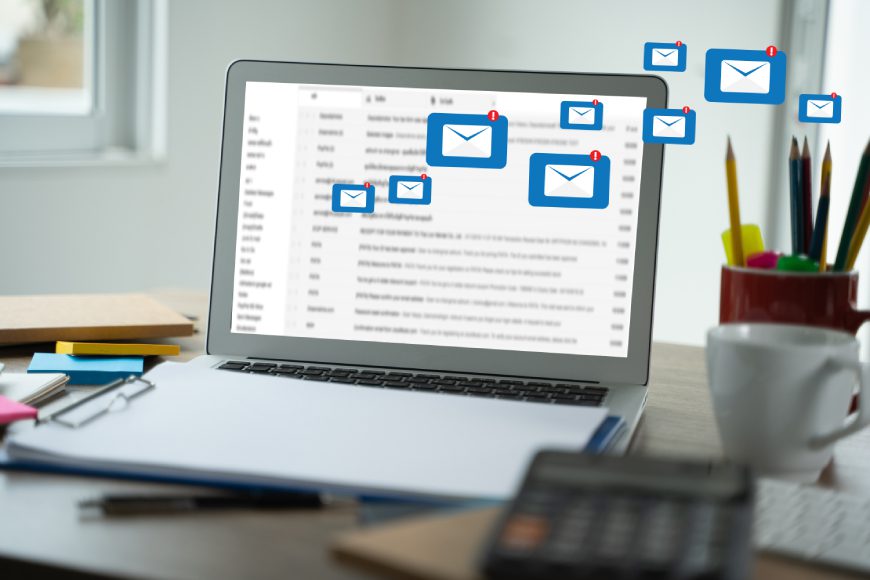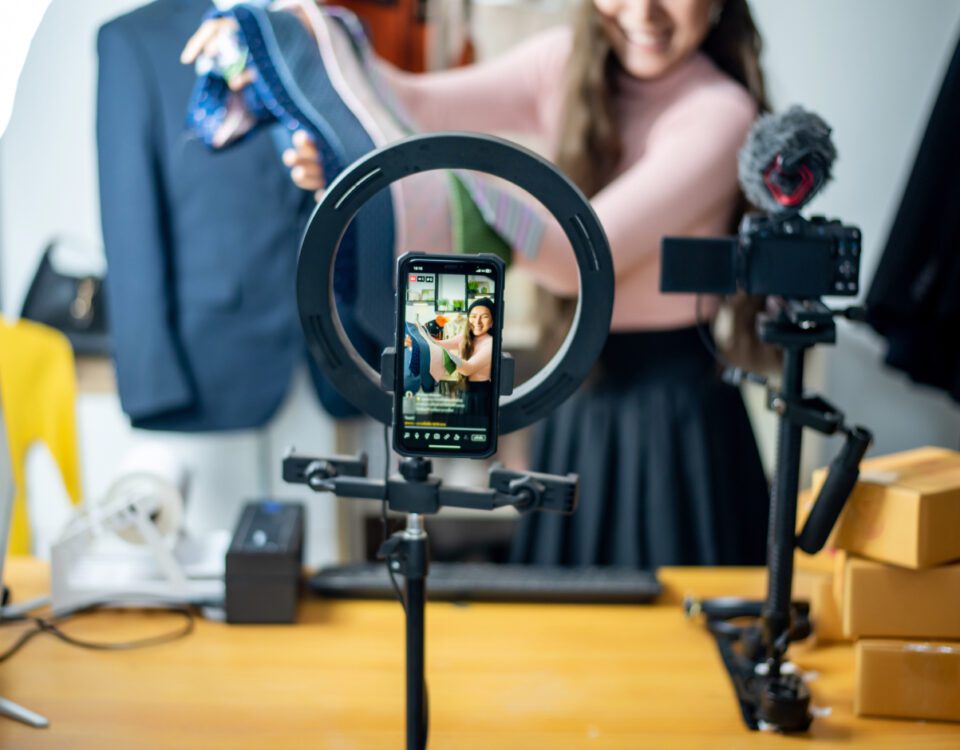Share
Customer service should be a top priority for your business. Responding swiftly to enquiries, carefully managing complaints and efficiently handling general conversations will not only strengthen your online reputation and encourage loyalty, it will also improve customer satisfaction and boost your likelihood of turning casual shoppers into proud advocates of your brand.
81% of consumers agree that a positive customer service experience increases their chances of making another purchase, but on the flip side, 61% of them will stop buying from a company and switch to a competitor after just one bad experience, proving how crucial it is to maintain a high standard of support. Let’s take a look at some key examples of poor customer service and see how they can be avoided, with a particular focus on social media.
Ignoring Customers
We’ll start with the number one mistake you can make as a business: failing to respond to customers at all! Shockingly, 53% of consumers say they have been ignored by brands via messaging apps or social media channels over the last 12 months, so it’s essential for you to reply to your incoming requests. This is especially true for complaints and negative comments that have the potential to harm your reputation and turn customers away if left unattended. Around 50% of consumers say they would part ways with a brand if it doesn’t respond to negative comments, whereas answering a social media complaint can actually increase customer advocacy by as much as 25%.
How to Avoid It
Luckily, this one’s easy to remedy - simply respond to all of your messages and comments, and monitor your social channels carefully to make sure nothing gets missed. If you’re responding natively on each platform instead of using a CRM, remember to check your spam folders and ‘message request’ tabs regularly to check that you haven’t accidentally ignored any enquiries. Depending on the size, scale and capabilities of your business, you can either carry out your customer service in-house or outsource to an external agency like 3sixfive if you don’t have sufficient internal resources. We can either handle your inboxes full time, or just during your out-of-office hours if you require some extra support for mornings, evenings, weekends and public holidays.
Not Being Easily Reachable
It goes without saying that customers can’t get the help they need if they can’t contact your brand online! If your website is hidden away, your Live Chat facility isn’t very visible on your website, your social media pages are inactive or are under the wrong name, it can be difficult for customers to find you and can cause confusion, ultimately deterring people from getting in touch.
How to Avoid It
Conduct a social media audit to find out which platforms your customers are most active on, and make sure your website is optimised for search engines so that people can easily find you on sites like Google and Bing. Add links to all of your social media pages on your website, and if you have a separate account for customer service, make sure this is mentioned in your bio so customers know where to go to receive support. Enable the private messaging button on any platforms where this is optional, ensure that all of your accounts are public, not private, and delete any old or duplicate pages that aren’t in use anymore. When sending order confirmation emails or dispatch notes to your customers, include a line that lets them know how to contact you if they have any queries.
Long Wait Times
Another unfortunately common error in the customer service world is leaving customers waiting a long time for a response. 79% of customers expect a response to their social media posts within 24 hours, with 39% of them shortening this expectation even further to just 60 minutes, so if you aren’t getting back to them quickly enough, they might decide to either abandon their cart, visit a competitor instead, or stop using your business altogether. In fact, 53% of customers say they will abandon a purchase if they don’t receive a speedy reply from a brand.
How to Avoid It
First and foremost, you should ensure that you have enough people on your customer care team so that the workload can be spread evenly among them. Having an insufficient workforce will not only affect your customer wait times, but can also lead to unwanted stress for your employees, potentially resulting in burnout and job dissatisfaction. Set an agreed timeframe for responding to comments and messages, and make sure that all of your representatives are aware of your target FRT (First Response Time) so that they can action enquiries accordingly. Of course, all enquiries are equally important, but those that have been sitting in your inbox for a long time should be prioritised over those that have recently been received.


Making Customers Repeat Information
75% of consumers say they find it frustrating when they have to repeat themselves during a customer service transaction, which is why it’s vital to take note of everything they’ve said and not skim over any details. Having to repeat information can leave customers wondering if they’ve really been listened to, and can make them feel like they’re going round in circles instead of reaching their desired outcome.
How to Avoid It
Read messages carefully and don’t be afraid to ask for help from a fellow team member or manager if you come across anything you don’t understand. If you need to continue a conversation that was previously handled by another representative (for example, during a shift handover), scroll back through the chat history before responding to the customer to check what’s already been said. For more serious cases where a conversation has been ongoing for a long time - such as a complaint that has required multiple levels of escalation - it can be useful to brief your whole team on the matter so everyone knows what stage the transaction is at.
Passing the Customer to Multiple Agents
As mentioned above, escalation is sometimes unavoidable, especially when serious problems or crises arise and a manager or team leader needs to step in. However, where possible, you should always try to keep handovers to a minimum and maintain a high FCR (First Contact Resolution) rate - particularly for straightforward enquiries where only a quick, simple response is required.
How to Avoid It
Ensure that all of your team members thoroughly understand how to deal with all the different types of customer scenarios that may arise for your business. You should assemble a detailed guide containing instructions for each enquiry and complaint topic, and make sure your customer service reps are fully immersed in all of the necessary information before they start responding. When escalation is required, ensure that your team members know exactly who is the best person to manage the transaction so that it can be directed straight to them, rather than passing the customer around to multiple people who are unable to assist.
Taking Too Long to Solve an Issue
It’s essential to pay attention to your AHT, which stands for Average Handle Time and refers to the average time it takes you to deal with a customer transaction from start to finish. 65% of people surveyed by Zendesk claimed that the main reason they had a negative experience with a brand was because their issue took too long to resolve, which shows how crucial it is to maintain a low AHT in order to prevent customers becoming frustrated and turning to your competitors.
How to Avoid It
The steps needed to address an excessive AHT are very similar to those listed above - extensive team training, awareness of common enquiry scenarios and a comprehensive knowledge of your brand’s products, services and processes. Simplify your customer service guide to remove unnecessary steps, and allow new team members to shadow your more experienced reps before diving in, in order to observe best practices and ask questions. Consider offering some self-service tools to your customers, such as an FAQ section on your website, in order to lessen the amount of questions they need to ask you. 67% of consumers like to use self-service facilities when they have a query about a product, so it’s certainly worth providing some options.


Speaking Robotically
When contacting a company online, there’s nothing worse than being met with a cold, robotic response that lacks empathy and understanding - especially when raising a serious issue or complaint. Handing over your entire customer service process to a bot (or just speaking like one!) is a big mistake, and can leave your audience feeling snubbed and disappointed. In fact, 86% of consumers prefer interacting with a human over a bot, and 71% say they would be less likely to use a brand if they knew it didn’t have real customer service agents available.
How to Avoid It
Speak naturally and use a warm, friendly tone that welcomes the customer and makes them feel acknowledged. Avoid copying and pasting the same response to multiple people, as this gives the impression that your brand doesn’t see its customers as individuals with unique needs and preferences. It also comes across as repetitive, and means you’re more likely to make mistakes such as using the wrong customer’s name or addressing the wrong issue.
Lacking Personalisation
Failing to personalise your responses is another big customer service error, with 63% of consumers claiming they won’t buy from brands that offer poor personalisation and 71% being frustrated by impersonal shopping experiences. Just like copying and pasting responses, lacking personalisation implies that your brand doesn’t care about its customers on an individual level, and can deter customers from using your brand again in the future.
How to Avoid It
Where possible, use customers’ names when replying to them, and make note of your top fans and loyal customers so that you can greet them with familiarity. In some cases, it can be beneficial to repeat a customer’s enquiry or issue back to them with a confirmation, as this demonstrates that you’ve listened to their exact question instead of sending a generic, one-size-fits-all response.
You can also provide personalised product or service recommendations that are tailored to their specific needs, an activity which pairs well with Live Chat. Talking to customers while they’re browsing your website means you can offer a bespoke experience that matches the one they would have in a physical store, and enables you to suggest items, services and deals that suit their requirements - instead of leaving them to navigate their way through products that aren’t relevant to what they’re looking for. You can also use Live Chat to let customers know about items that fit their needs better than the ones currently in their cart, or, for B2B brands, inform clients about the services that will work best for their business.
Summary
We hope these tips have helped you understand the main mistakes that should be avoided when providing customer support online, and how to rectify any flaws in your current strategy. The impact of poor customer service can be highly detrimental to your business and its reputation, and will leave both your customers and your team feeling dissatisfied and disappointed - that’s why it’s so important to get it right. Don’t forget to check out our Beginner’s Guide to Social Media Customer Service if you’re just getting started, and follow these additional tips to boost your standard of support even further.










